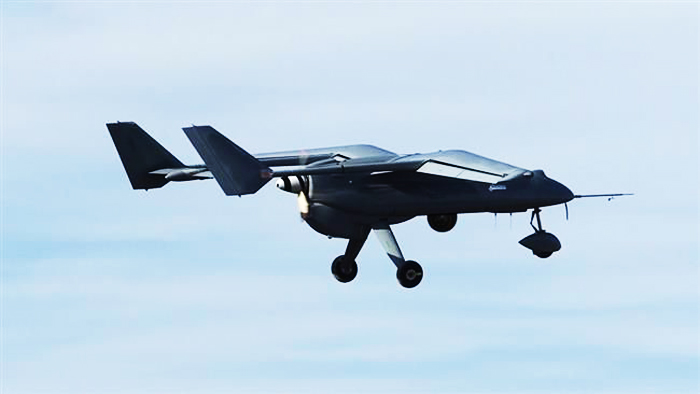Pakistan begins drone warfare on its own soil

In a brief statement, the spokesman for the Pakistani military, Maj. Gen. Asim Bajwa, said three “high-profile terrorists” were killed in the strike. Bajwa did not identify the terrorists, but promised additional details would be forthcoming.
With the announcement, Pakistan appears to have joined just a handful of other nations in using an armed drone as an instrument of war.
Earlier this year, the New America Foundation reported there is evidence that eight other countries — the United States, South Africa, France, Nigeria, Britain, Iran, Israel and China — have already put weapons onto unmanned aircraft. At that time, the United States, Britain and Israel were the only three nations that had fired a missile from a drone during a military operation, the foundation said.
Pakistan’s drone program has been rapidly accelerating since it was first announced in November 2013.
The Pakistan military initially said it would use drones only for surveillance. But the military abandoned that stance earlier this year in the aftermath of a terrorist attack on an army-run school that killed about 150 students and teachers.
Now, it appears, both Pakistan and the United States will be carrying out drone strikes along the Pakistan-Afghanistan border. It was not immediately clear if Pakistan and the U.S. will be coordinating their respective use of armed drones.
Since 2004, the United States has carried out hundreds of drone strikes on Pakistani soil that targeted al Qaeda and other Islamist militants groups.
Those strikes, the latest of which took place late last week, had been deeply unpopular with the Pakistani public. Some of that opposition has subsided over the past two years as Pakistan’s military began its latest offensive against militants.
Since that operation began last summer, officials say they have cleared Islamic militants from much of the country’s tribal belt. But there are signs that the Pakistan army is running into a tougher-than-expected battle in the Shawal Valley, where Monday’s drone strike occurred.
In July, the Pakistan army announced it had begun a final assault on the valley, which straddles both North and South Waziristan and includes a network of trails and tunnels to Afghanistan. The army met fierce resistance.
For much of August, the military appears to have relied on repeated airstrikes to try to weaken militant positions in the valley. On Aug. 20, the military once again announced that a ground operation was underway in the valley.
Pakistan’s decision to introduce armed drones on the battlefield could unnerve both its arch-rival, India, as well as neighboring Afghanistan.
So far, the Pakistan military has not announced its doctrine for using unmanned drones on Pakistani soil or whether they could also be deployed for cross-border operations.
Pakistan’s military has not released the range of its drones, but some analysts estimate they can fly for about 75 miles.
There is also uncertainty about what procedures Pakistan’s military has in place to limit civilian casualties during a drone strike. Some foreigners kidnapped in Pakistan or Afghanistan, for example, may still be held in captivity in Pakistan.
In January, a U.S. drone strike in the Shawal Valley mistakenly killed two foreigners who had been kidnapped by al-Qaeda, including American Warren Weinstein.















































